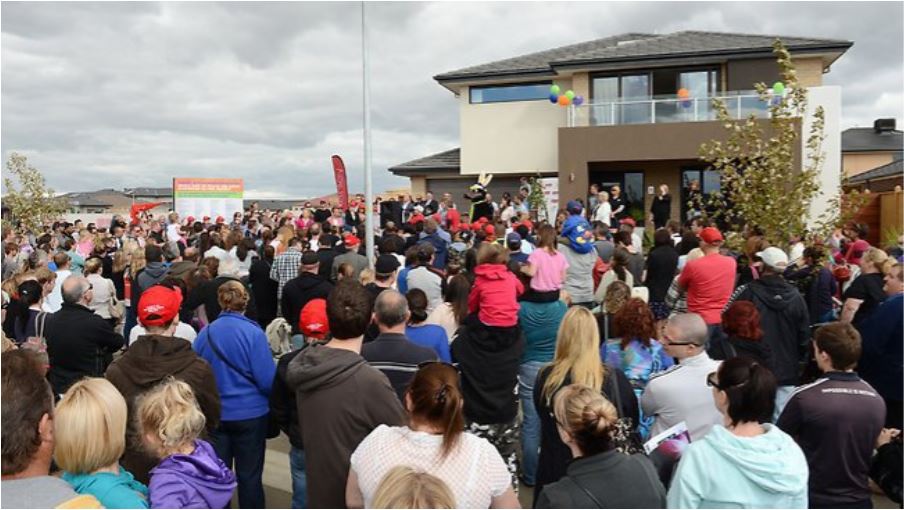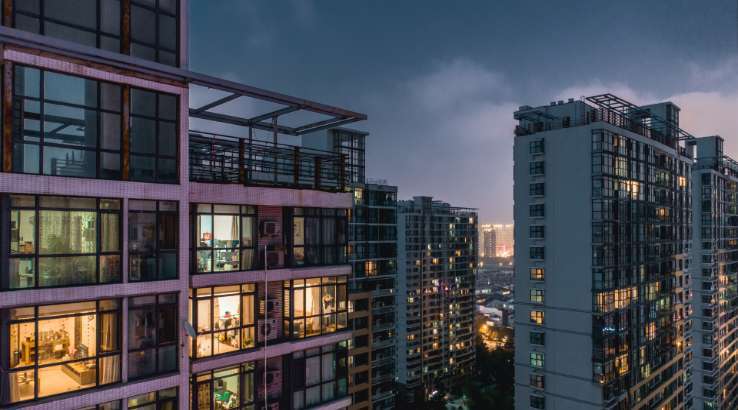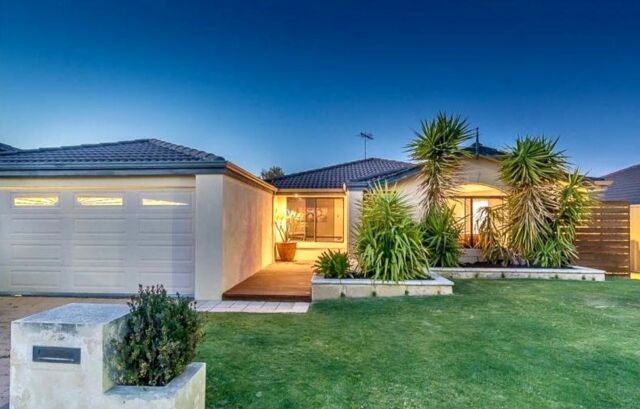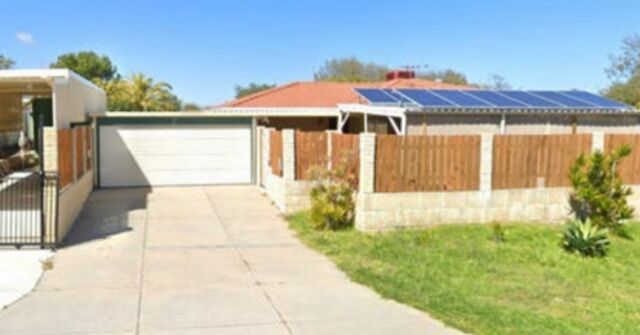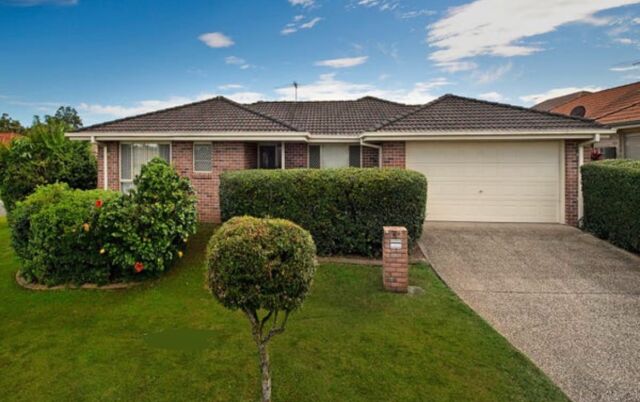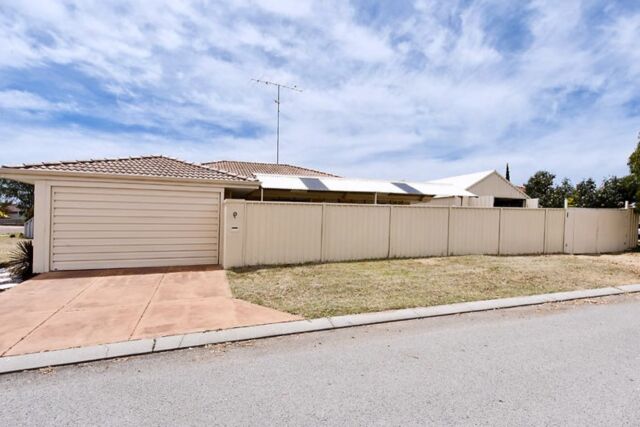I have been investing for myself and my clients for more than 10 years now and there is one property that I have never bought for anyone. That property is a brand-new unit.
Of course, over the past few years, there has been plenty of coverage about the oversupply of new units in many of our capital cities which has significantly impacted prices.
However, there has also been reports recently about shoddy building practices forcing owners and tenants to be evicted while the serious issues are remedied.
Unfortunately, for the owners of units in these well-publicised complexes, their properties will be stigmatised for a long time, which will likely see prices plummet even more.
I wouldn’t be surprised if many owners lose hundreds of thousands of dollars if they are lucky enough to ever be able to sell their units at some point in time.
Not all created equal but…
I think it’s important to not tarnish the entire building sector because of a handful of units with serious issues.
That said, the recent Four Corners investigation found that the majority of high rises built over the past decade or so in Australia had building defects and it can be very difficult to get those fixed after you’ve moved in.
That’s because there is a time limit for legal action to be taken against a builder or developer, plus they mostly don’t have to have warranty insurance if the building is more than three stories, which seems absurd.
Notwithstanding the current defects’ dilemma being played out in the media, there are myriad other reasons why I’ve never bought an off-the-plan unit for myself or any of our clients.
The first and most important is supply because there is nothing unique about these units and they are often built in locations where thousands of similar cookie-cutter designs are also being constructed at exactly the same time.
The second is that while the marketing brochures might be designed to entice buyers, the actual units usually look very different, and not in a good way, once completed.
The third is price potential, because new units have barely increased in value for years because of the aforementioned oversupply issues.
On that note, bank valuations have been on the nose for these types of dwellings over the past five years, too, which has often resulted in buyers having to tip more of their own money in for settlement to take place.
That, or some people have had to walk away and have lost their deposit, which is usually five to 10 per cent of the purchase price, which is clearly a terrible and costly experience.
Another reason is that conservative lending has made it more difficult for developers to acquire the funds they need to complete a project, and many have gone under or abandoned projects, sometimes taking their buyers deposits with them as they slid into bankruptcy.
A question of growth
Now I’m not saying that all units are bad.
In fact, an older unit can produce excellent capital growth over the middle- to long-term because of its superior location for a more affordable price that remains attractive to younger buyers keen to stake their claim on the market.
Savvy investors also make the most of the larger floor plans of units from the 1970s and 1980s and undertake cosmetic renovations to upgrade their properties for the modern age.
I actually don’t have any units in my portfolio, but if I had to choose between doing nothing and investing in an old unit in a major city that had location and reno appeal in spades, because I wanted to live in it, then I would.
You can’t make money by fantasising about owning property after all!
However, if I was a young person or anyone who had limited funds available to me, I would choose a different property investment path.
I would take my $300,000 or $400,000 of borrowed funds and invest them in a major regional location like Geelong or even in an affordable capital city like Greater Brisbane, where I could pick up an established house and land.
Then I would stay renting wherever I wanted – and sit back while the equity in my investment house grew faster than a unit – old or new –will likely ever achieve.



